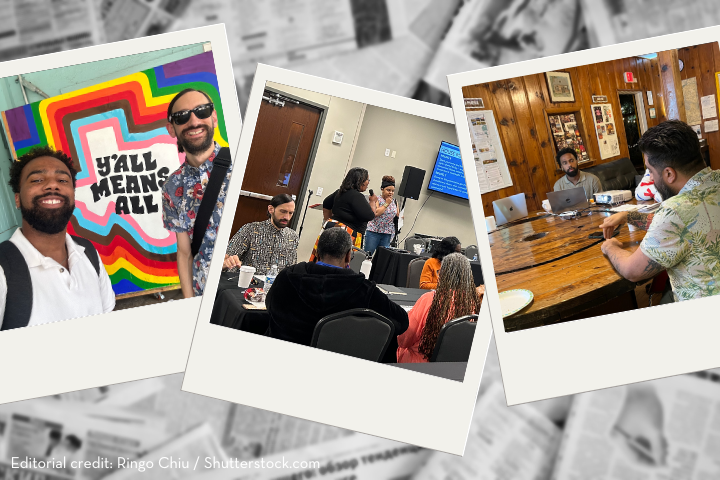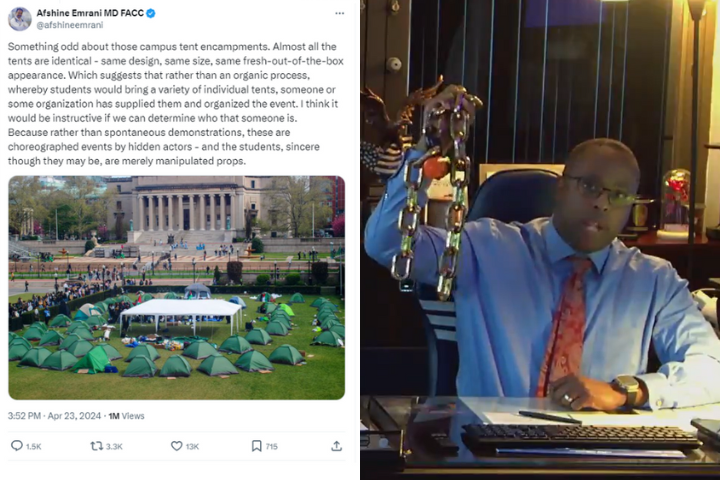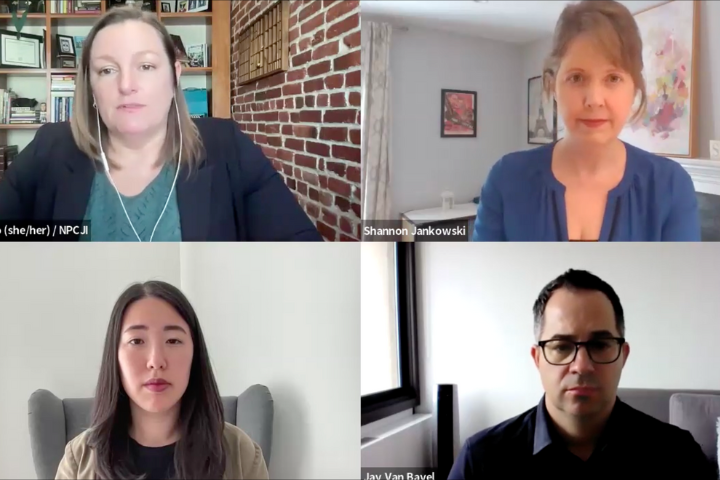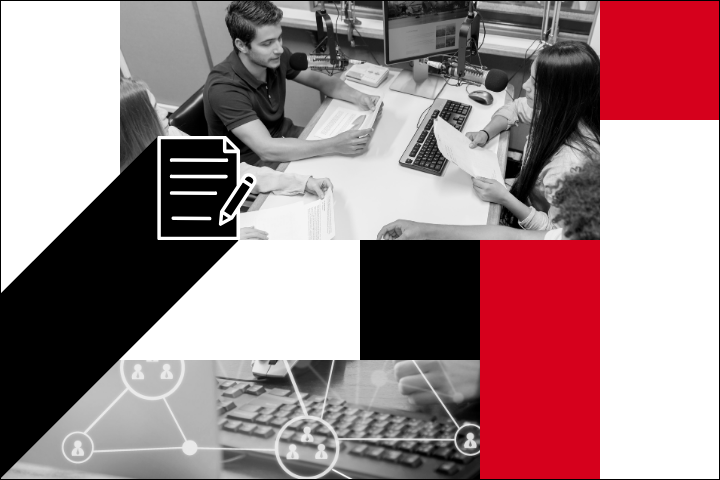In a media world that is swirling with information true and made-up, new and old, it is harder than ever to tell a truth from a lie, a trustworthy source from propaganda. In the third installment of its Disinformation Resilience training series, PEN America hosted a webinar on the importance and process of fact-checking. Wilkine Brutus, producer and host at WLRN, and Laura Zommer, co-founder of Factchequeado, joined PEN America Senior Program Manager for Disinformation and Community Engagement Kurt Sampsel.
“The most important thing today is trust,” said Zommer, adding that “fact-checking, in the long term, is a way of building trust.”
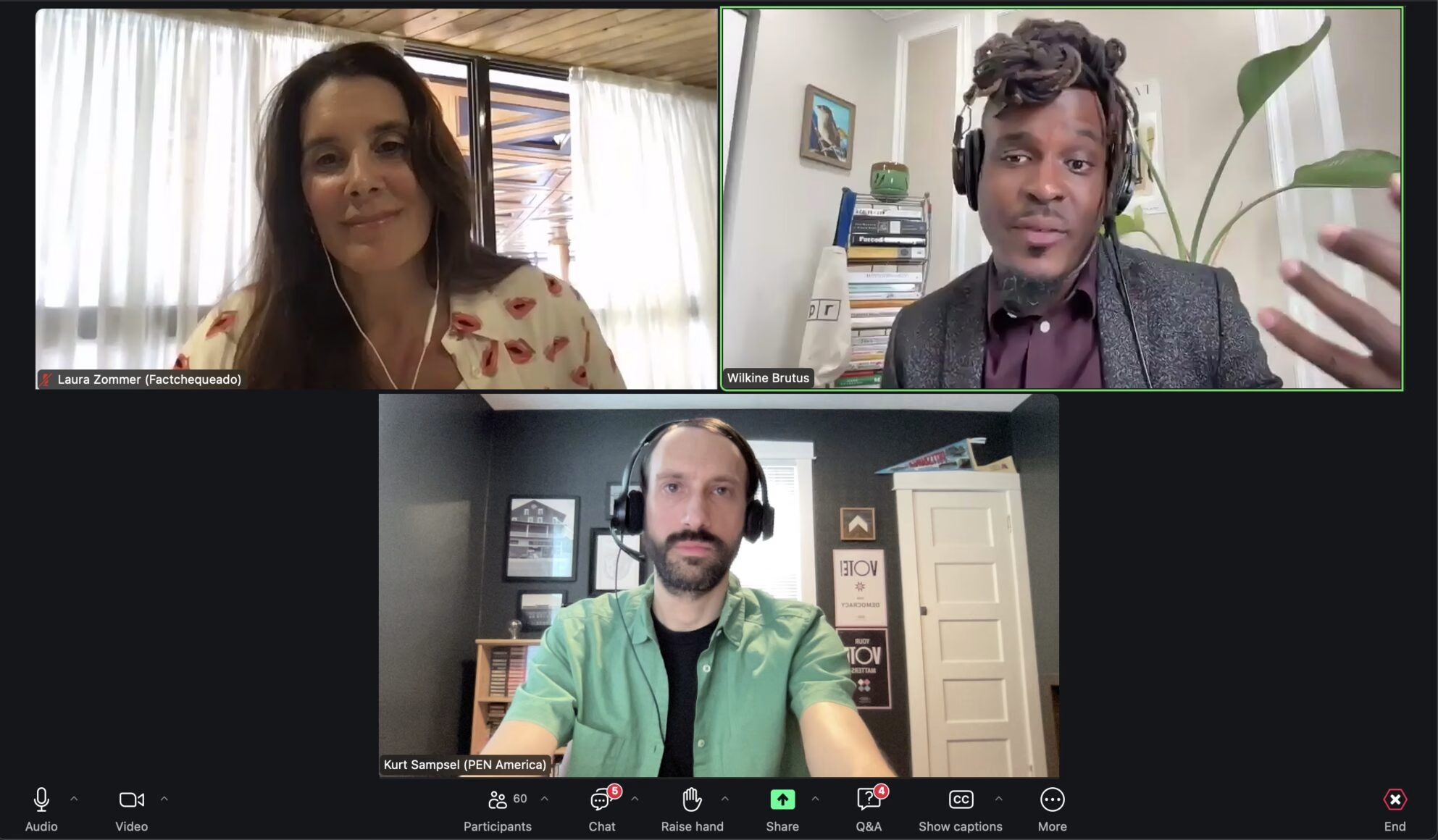
Types of Fact-checking
Sampsel explained that fact-checking is a verification method used to ensure that something is true, and when made by a news organization, it is a commitment made to its readers – a claim that any statement it has made in a story can be backed up. The goal of fact-checkers is to confirm each statement with at least one primary source or two secondary sources.
Sampsel further elaborated on two types of fact-checking: in-house and third-party. Because it’s not common for news organizations to have a separate team of fact-checkers on its staff, the onus of verifying information falls on reporters and editors. Each story has an assigned editor and nothing makes the pass without multiple checks, confirmed Brutus, whose organization adheres to the in-house fact-checking model. “They are not just fact-checking per se, they are also adding context,” he said of editors.
Sampsel and the guests outlined pointers to recognize fact-checked news:
- Check if the outlet is open about its editorial standards and if it regularly issues corrections to its news stories.
- Look for supporting evidence to all claims, asking as you read, “how does a reporter know this?” And if you can’t answer the how, there might be an issue.
- Keep an eye out for language including hedging terms like “one of the largest,” “approximates,” or “appears to be.” Watch out for hyperbole and exaggerated claims. Hedging language shows journalists are being careful, while hyperbole shows the opposite.
Zommer’s nonprofit Factchequeado is a third-party fact-checking organization that has a team of fact-checkers who work on specific beats. They check and assess a claim’s accuracy once the news is out in the world. Acting like watchdogs to both media and public figures, they put out explainers and present independent findings.
Zommer pointed out how social media is changing the way people consume information. One of the reasons she co-founded Factchequeado was because although English-language journalists and experts recognized disinformation in Spanish was a problem, they didn’t fully understand the needs of Spanish speakers and Latino communities. She added how prevalent WhatsApp is for Latino communities in the U.S. and how misinformation spreads easily through social media sites like Facebook, which is also emerging as a leading source for news for Latino communities. “The algorithm in the big tech prefers the content that is more appealing, that is more exaggerated,” she said.
The essential process is the same in both types of fact checking: contacting multiple sources, verifying claims with experts, and providing supporting evidence. With both, the goal is to ensure that information provided to the public is accurate.
Why Fact-checking Is Important
Fact-checking ultimately helps readers make better decisions. “We are not necessarily going to change the mind or the behavior of all the people. There are lot of people that are going to continue sharing content that is false,” she said. “And in some cases they know about that and they decide not to care about facts. But there are also a lot of people that share the content without knowing it’s a false one.”
Fact-checking is a serious process that could make or break how a news story affects not only the population but how they react to it, especially because there is so much information coming from unknown sources.
Some of the questions that surface, according to Brutus, are, “What is the data, what are the sentiments on the ground, are the quotes reasonable, do they fit a reality that we can all imagine, are we all doing a good job in the journalism industry so we are not regurgitating the same stereotypes?” And if both the reporters and readers keep such questions in mind, the news landscape will become all the more healthy and sustainable, working to ensure that audiences get trustworthy information.
- If you’re a journalist looking for resources to address disinformation, check out PEN America’s Facts Forward hub.


